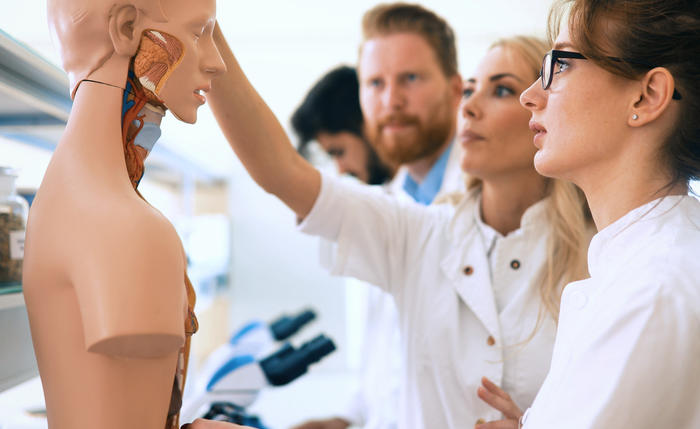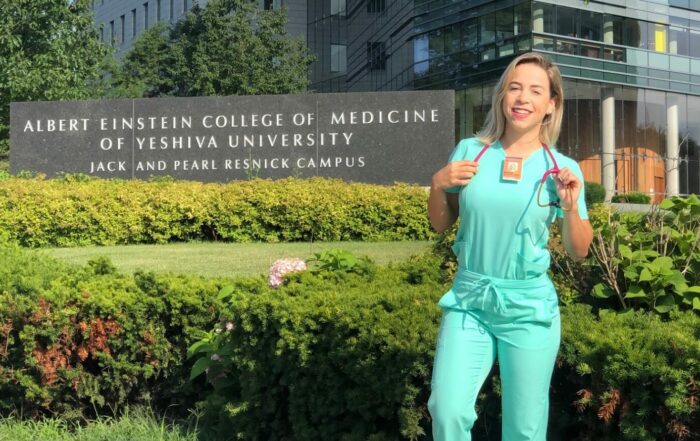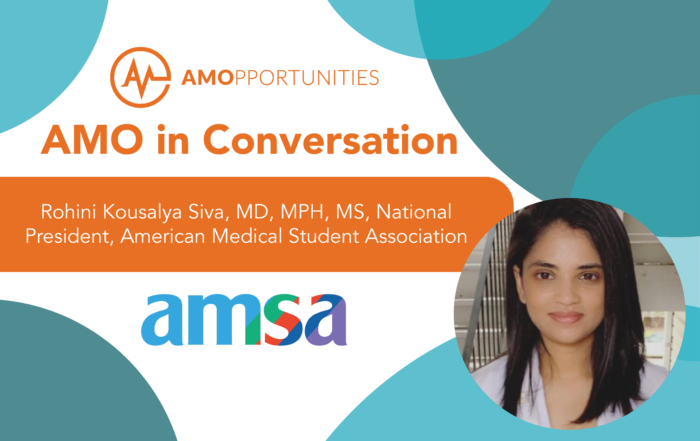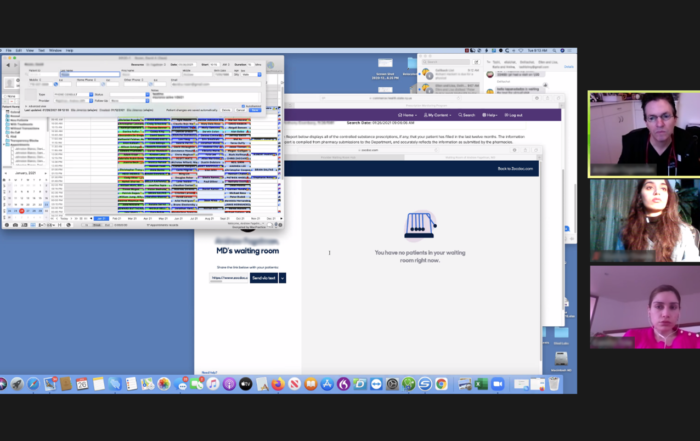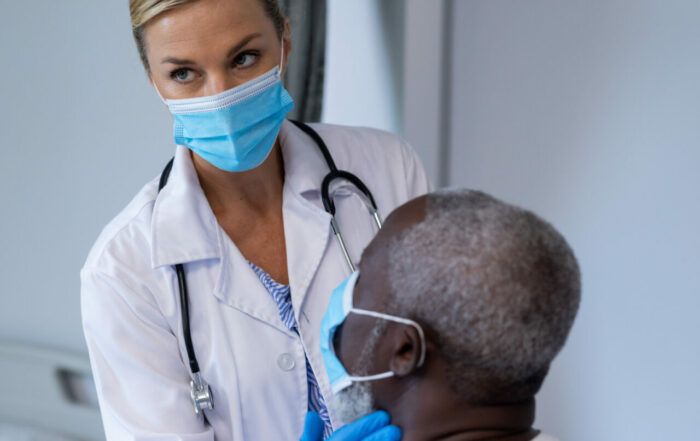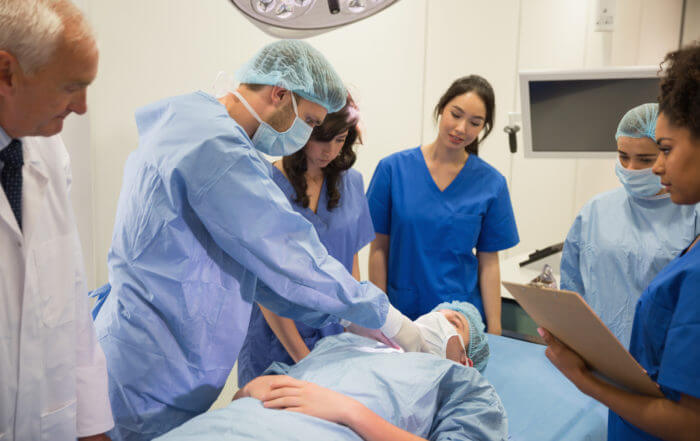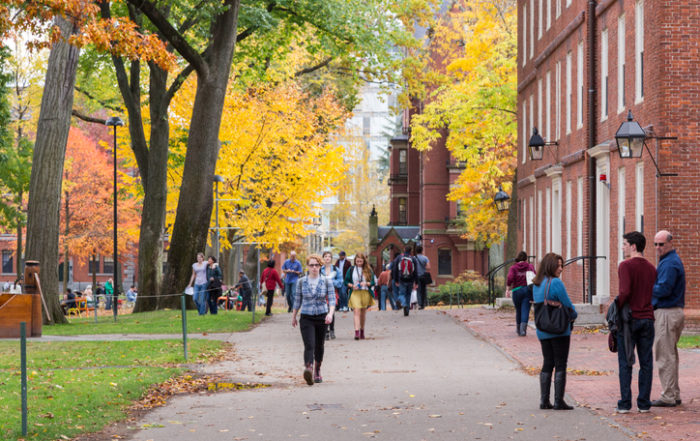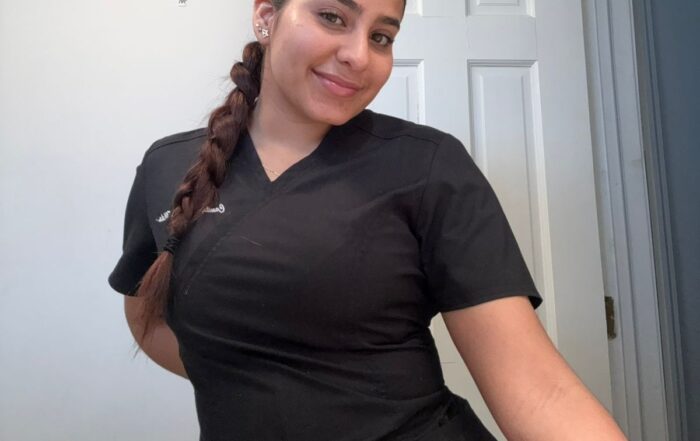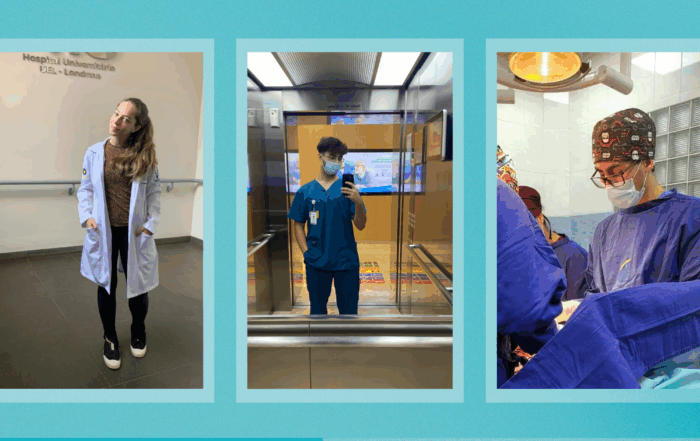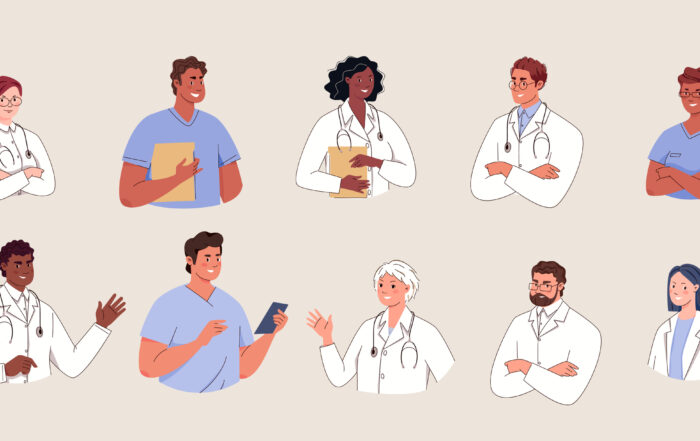BECOME A
U.S. PHYSICIAN
Here’s what it takes …
BECOME A U.S. PHYSICIAN
Here’s what it takes …
1. EARN A PRE-MEDICAL DEGREE
Some countries require medical students to earn a four-year pre-medical degree. Students should prioritize getting good grades, achieving high scores on the MCAT, and preparing medical school applications during this period.
2. COMPLETE MEDICAL SCHOOL
Medical school generally lasts four to six years and provides students with foundational knowledge to carry them into their post-graduate education. Medical students should concentrate on earning good grades, obtaining letters of recommendation (LoRs), and taking USMLE Steps required to apply for residency.
3. TAKE THE USMLE
Applicants must pass certain portions of the United States Medical Licensure Examination to apply for residency; these include Step 1 and Step 2 Clinical Knowledge. Individuals may elect to take USMLE Step 3 at this point, or they can take it during residency.
4. COMPLETE CLINICAL EXPERIENCES
Clinical experiences can enhance CV/resumes and provide LoRs critical for medical school and residency applications. These experiences also provide real-world medical experience, with opportunities to practice medical terminology and enhance patient or peer communication skills.
5. COMPLETE RESIDENCY
Apply for medical residency through the National Resident Matching Program's annual Match. To apply, applicants need a strong medical school transcript, high USMLE scores, and impressive LoRs. Once accepted, medical trainees spend three to seven years in this role, depending on the specialty at hand.
6. COMPLETE A FELLOWSHIP (OPTIONAL)
Following residency, individuals may complete a fellowship to obtain a subspecialty certification. The fellowship application process is similar to residency in that it includes a match. Fellowship programs last between one and three years.
7. EARN A MEDICAL LICENSE
Following completion of a medical residency and/or fellowship, an may apply for a state-specific medical license.




